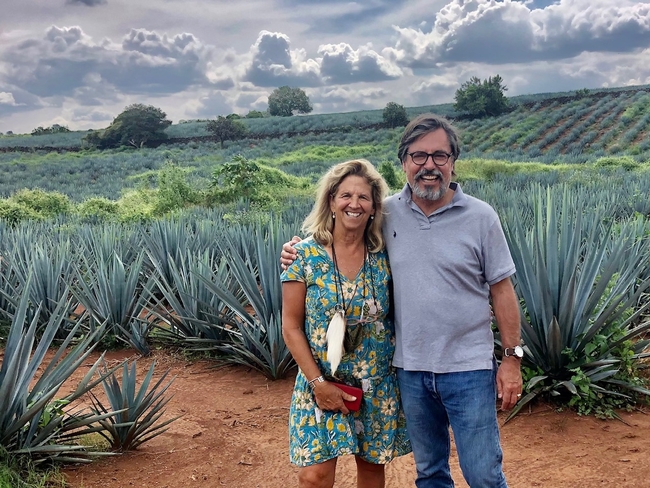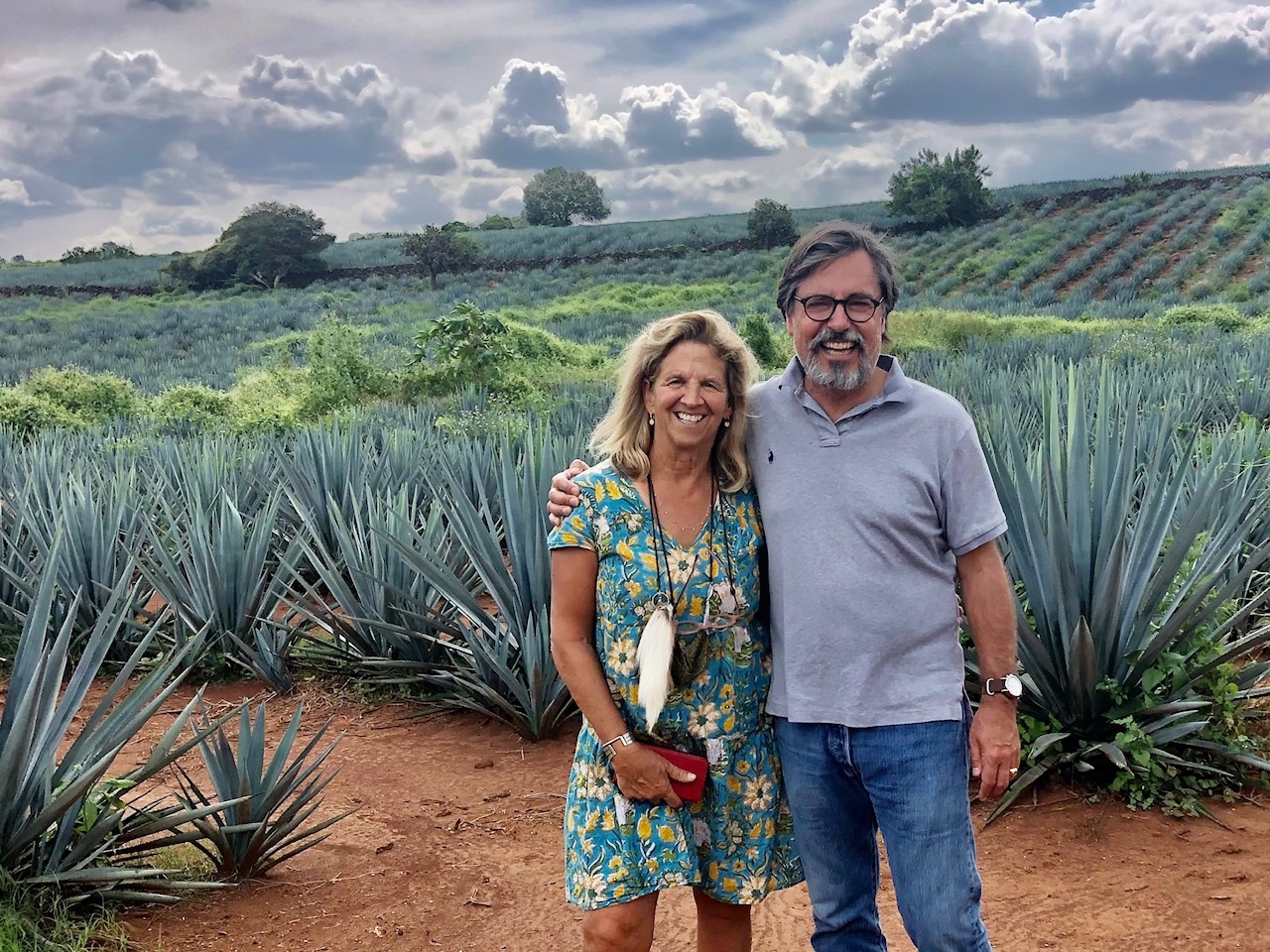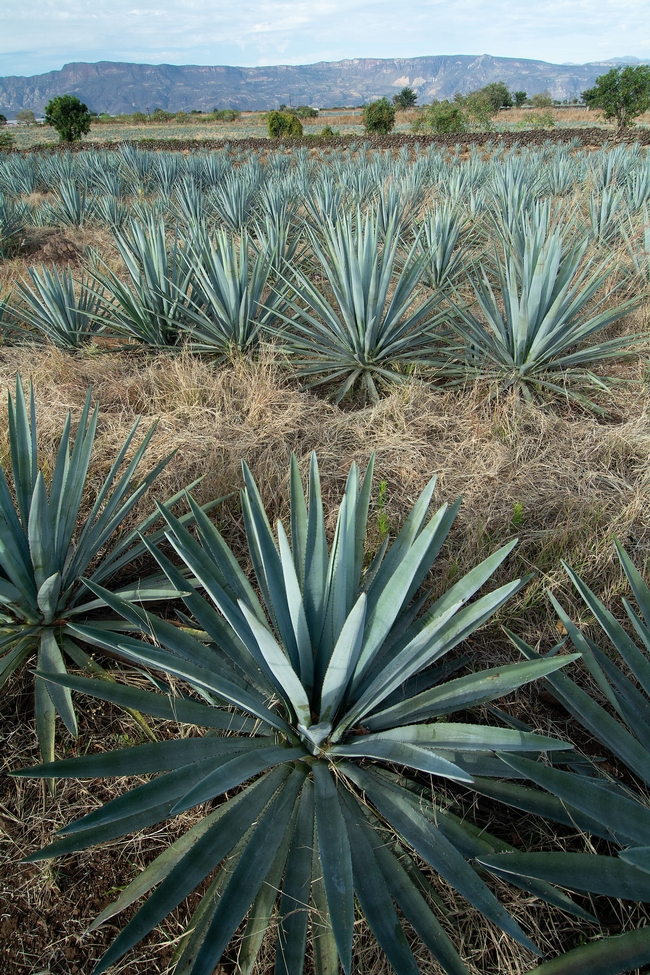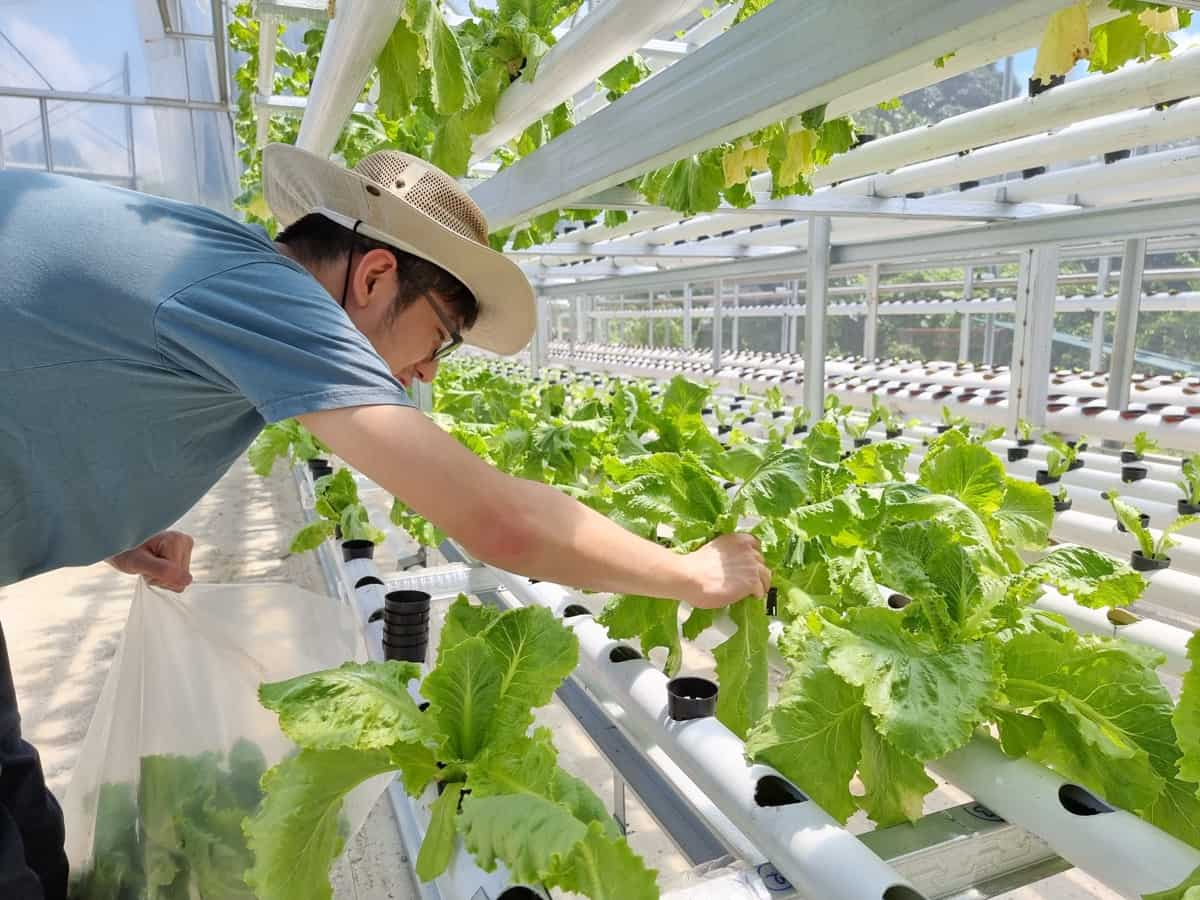Agave: California's new drought-resistant crop?
UC Davis to investigate whether agave could be a sustainable, drought-tolerant crop in California. Photo by Stephan Hinni on Unsplash
UC Davis to study sustainability of agave as tequila and mezcal industry growsAgriculture in California faces an uncertain future as drought, wildfires and other extreme weather events become more common in the West. But a nascent industry focused on growing and distilling agave plants, which are used to produce tequila and mezcal in Mexico, could be California's answer to fallow fields and a lack of water. /p>
Earlier this year, a group of growers, distillers and retailers formed the California Agave Council to foster collaboration and provide a chance to share knowledge among members who previously had no formal network.
Now the University of California, Davis has established the Stuart & Lisa Woolf Fund for Agave Research to focus on outreach and research into the plants and their viability as a low-grade crop. in water in the State.
“Precipitation patterns and growing conditions in California are different from where tequila is made,” said Ron Runnebaum, assistant professor of viticulture and enology. "It's exciting to begin harnessing the capabilities of UC Davis to determine which varieties of agave can be grown commercially in California and which flavors can be captured by distillation to create unique California agave spirits."
>The fund was created with a $100,000 seed donation from Stuart and Lisa Woolf, who are farmers in the Central Valley and have a test plot of approximately 900 to 1 agave seedlings, 5 acres. They hope this donation will encourage others to contribute as well.

Lisa and Stuart Woolf stand in front of agave plants. Central Valley farmers have a test plot of agave plants. Photo courtesy of Stuart Woolf
The donation is primarily focused on optimizing production in California compared to Mexico, where labor costs are lower and farmers rely on rain rather than irrigation for water. water. Stuart Woolf thinks California growers could grow taller plants with higher sugar content.
"I really believe we could be very competitive with Mexico," he said.
The research also offers a chance to better understand the impact of location on the growth of the plant, which can be a source of fiber and alternative sweetener as well as the distilled spirits it can produce.< /p>
"As a drought-tolerant plant, agave has great potential in water-stressed California," Woolf said. "It's a crop that could get by with little to no water during times of extreme drought."
A culture that requires little waterMezcal can be made from any variety of agave in Mexico, while tequila, Runnebaum said, comes only from blue agave grown in the geographically defined "Tequila" region. In California, blue agave plants can weigh 110 pounds or more, and it takes about 11 pounds of agave to produce a bottle of tequila, according to a UC Davis article published last year. Plants in Mexico average 50 to 60 pounds, Woolf said.
Agave plants require minimal watering, can act as a firebreak against wildfires, and offer farmers the opportunity to plant crops on land that would otherwise have to be fallow or abandoned due to lack of water...


UC Davis to investigate whether agave could be a sustainable, drought-tolerant crop in California. Photo by Stephan Hinni on Unsplash
UC Davis to study sustainability of agave as tequila and mezcal industry growsAgriculture in California faces an uncertain future as drought, wildfires and other extreme weather events become more common in the West. But a nascent industry focused on growing and distilling agave plants, which are used to produce tequila and mezcal in Mexico, could be California's answer to fallow fields and a lack of water. /p>
Earlier this year, a group of growers, distillers and retailers formed the California Agave Council to foster collaboration and provide a chance to share knowledge among members who previously had no formal network.
Now the University of California, Davis has established the Stuart & Lisa Woolf Fund for Agave Research to focus on outreach and research into the plants and their viability as a low-grade crop. in water in the State.
“Precipitation patterns and growing conditions in California are different from where tequila is made,” said Ron Runnebaum, assistant professor of viticulture and enology. "It's exciting to begin harnessing the capabilities of UC Davis to determine which varieties of agave can be grown commercially in California and which flavors can be captured by distillation to create unique California agave spirits."
>The fund was created with a $100,000 seed donation from Stuart and Lisa Woolf, who are farmers in the Central Valley and have a test plot of approximately 900 to 1 agave seedlings, 5 acres. They hope this donation will encourage others to contribute as well.

Lisa and Stuart Woolf stand in front of agave plants. Central Valley farmers have a test plot of agave plants. Photo courtesy of Stuart Woolf
The donation is primarily focused on optimizing production in California compared to Mexico, where labor costs are lower and farmers rely on rain rather than irrigation for water. water. Stuart Woolf thinks California growers could grow taller plants with higher sugar content.
"I really believe we could be very competitive with Mexico," he said.
The research also offers a chance to better understand the impact of location on the growth of the plant, which can be a source of fiber and alternative sweetener as well as the distilled spirits it can produce.< /p>
"As a drought-tolerant plant, agave has great potential in water-stressed California," Woolf said. "It's a crop that could get by with little to no water during times of extreme drought."
A culture that requires little waterMezcal can be made from any variety of agave in Mexico, while tequila, Runnebaum said, comes only from blue agave grown in the geographically defined "Tequila" region. In California, blue agave plants can weigh 110 pounds or more, and it takes about 11 pounds of agave to produce a bottle of tequila, according to a UC Davis article published last year. Plants in Mexico average 50 to 60 pounds, Woolf said.
Agave plants require minimal watering, can act as a firebreak against wildfires, and offer farmers the opportunity to plant crops on land that would otherwise have to be fallow or abandoned due to lack of water...
What's Your Reaction?






















